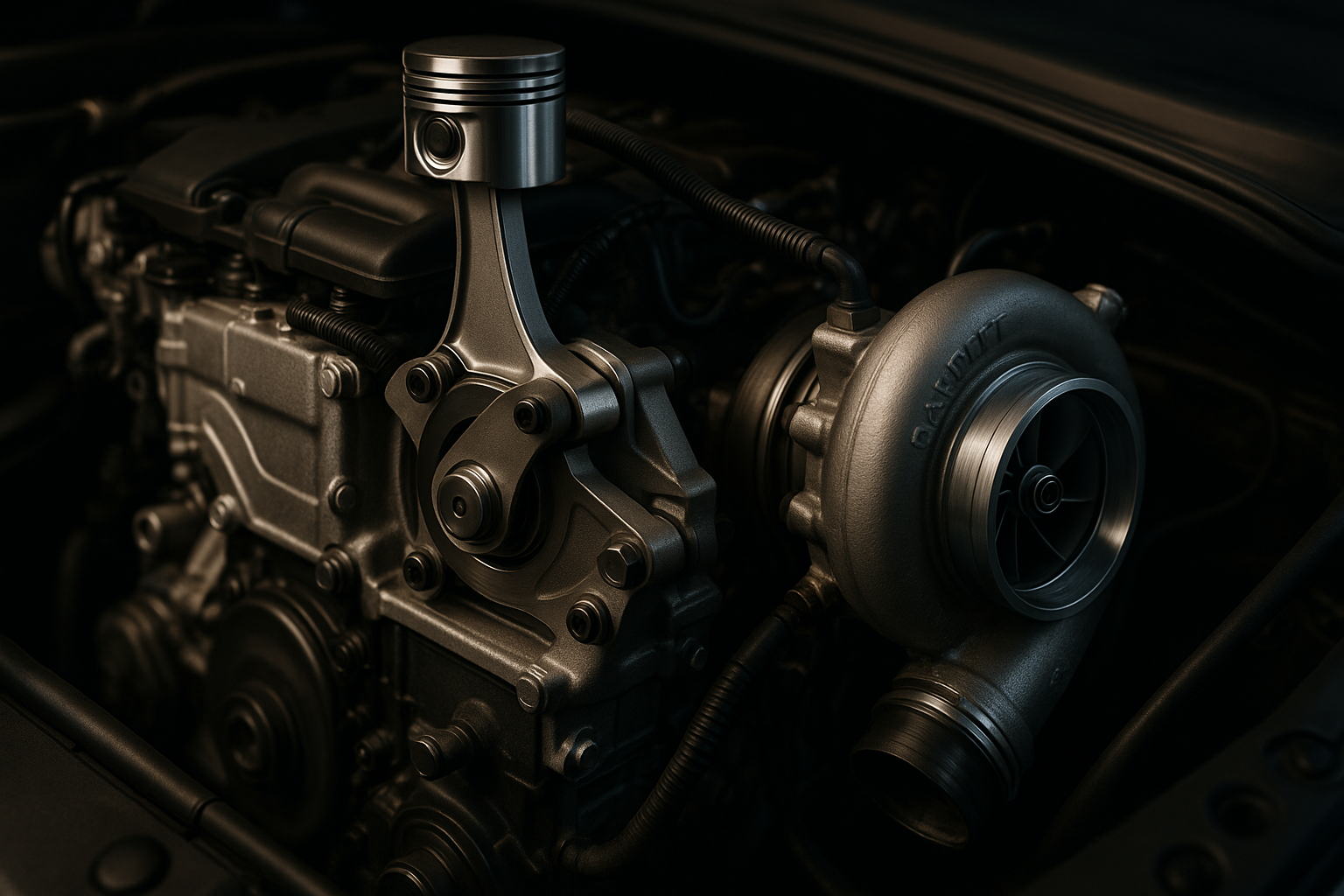Revving Up the Future: An In-Depth Look at the Variable Compression Ratio Technology
Introduction: Imagine a world where your car's engine could adapt itself to your every driving need. This is no longer a dream, thanks to the breakthrough in Variable Compression Ratio (VCR) technology. But what is it, and how does it revolutionize the automotive industry? Let's put the pedal to the metal and find out.

Variable Compression Ratio: A Historical Overview
The concept of Variable Compression Ratio (VCR) technology is not new. As early as the 1920s, engineers were exploring ways to alter the compression ratio of engines to enhance performance. However, the complexity of the mechanical design and the lack of advanced materials hindered its widespread implementation.
Fast forward to today, and the scenario has changed dramatically. With the advent of new materials and engineering techniques, VCR technology has evolved from a theoretical concept to a tangible reality. It stands as a testament to the relentless pursuit of automotive engineers to push the boundaries of what’s possible.
Unpacking the Mechanics of VCR Technology
At its core, VCR technology is a system that can change an engine’s compression ratio—the volume of the combustion chamber from its largest to smallest capacity—on the fly. Traditionally, this ratio is fixed in an engine’s design, and altering it requires substantial mechanical adjustments.
VCR technology, however, allows this ratio to dynamically adjust according to driving conditions. When high performance is needed, the system decreases the compression ratio, allowing for more power. Conversely, when cruising or in low-load conditions, the system increases the compression ratio for improved fuel efficiency.
The Current Landscape of VCR Technology
In the realm of contemporary vehicle engineering, VCR technology is making significant strides. Infiniti, Nissan’s luxury vehicle division, has successfully implemented this technology in its QX50 model. The VC-Turbo engine, as it’s known, has showcased the potential of VCR technology, boasting both performance and efficiency in a single package.
Other industry players are also investing heavily in this technology, signalling a growing trend in the automotive world. VCR technology is being seen as a potential solution to the ever-pressing demands for high performance coupled with fuel efficiency.
The Impact and Challenges of VCR Technology
The implications of VCR technology are profound. On one hand, it promises a future where drivers no longer have to choose between performance and efficiency—the two can coexist. On the other hand, it poses several challenges.
The primary hurdle is the complexity of the system. Designing a reliable and durable VCR system requires precise engineering and high-quality materials, leading to increased production costs. Furthermore, the technology’s effectiveness in real-world conditions, as opposed to controlled environments, is yet to be conclusively proven.
Looking Ahead: The Future of VCR Technology
Despite the challenges, the future of VCR technology is bright. Continued advancements in materials and engineering techniques are set to make this technology more accessible and effective. With the automotive industry’s constant drive for innovation, the day when VCR technology becomes a common feature in our vehicles may not be too far off.
In conclusion, VCR technology represents a significant leap forward in the quest for the perfect balance between performance and efficiency. It is yet another chapter in the ever-evolving narrative of automotive engineering—a testament to mankind’s relentless pursuit of progress and innovation.






